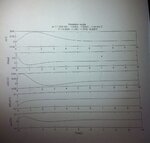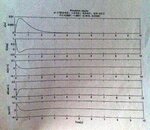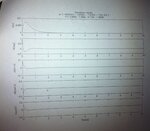MissP.25_5
Newbie level 6

Can you help me compare these results? They're the simulations of a closed loop system . When we change the poles, (in this case, there are 4 poles), the response system also changes. The 4 poles involves 2 complex numbers and 2 integers, but I don't see the relationship between the poles and the response. I don't see an exact description. I mean, a description like:
if the real number is increased, then the response would be more oscillatory or if the imaginary part is smaller, then the faster the convergence to 0.
Help, please?



if the real number is increased, then the response would be more oscillatory or if the imaginary part is smaller, then the faster the convergence to 0.
Help, please?



